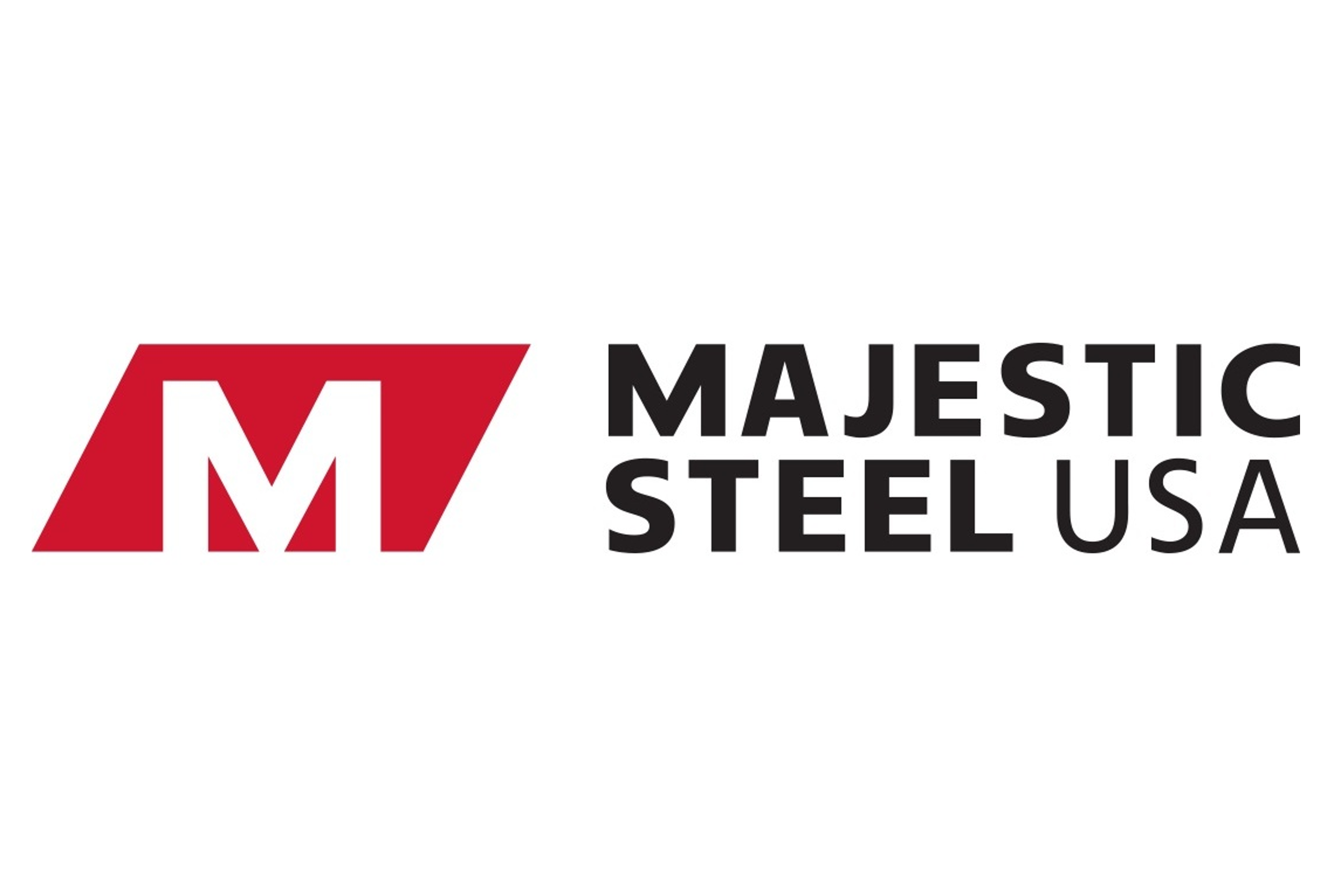Analysis
November 26, 2024
Final Thoughts
Written by Michael Cowden
And so it begins (again). President-elect Donald Trump has threatened to impose tariffs of 25% on all imports from Canada and Mexico.
He also threatened to hit all imports from China with tariffs of 10% – an amount that would come on top of a boatload of pre-existing duties and tariffs.
Echoes of Trump 1.0
Trump said he would do so via executive order on “Day One” – aka Inauguration Day on Jan. 20. As we learned in Trump 1.0, he can do that. The social post typically comes first (often outside of normal business hours), the executive order shortly thereafter, and then CBP follows.
And as we also learned in 1.0, Trump likes big, round numbers. Decimal points and numbers not divisible by five are for losers. In fact, Trump used the same percentages when he hit foes and allies alike with Section 232 national security tariffs in 2018: 25% on imported steel and 10% on imported aluminum.
Shares of US mills initially surged on Tuesday morning (but then mostly gave back those gains). Futures also shot higher.
That makes some sense, especially if you take a short-term view and look at things through the prism of 2018. The summer of 2018 – after Section 232 was unexpectedly applied to Canada and Mexico – saw hot-rolled coil (HR) prices surge above $900 per short ton (st), an unprecedented figure at the time.
Here come the price hikes?
I was pinged Monday evening by some of you with messages along the lines of “Look out, here it comes!” Basically, brace yourself for price hikes.
Among both domestic mills and service centers, higher prices might be appreciated – especially after a year of them grinding slowly and painfully lower. And I’m guessing there was some scrambling and order cancelations today, maybe even a lot of it, at Mexican and Canadian mills.
A source at a mill in one of those countries said they were expecting as much. And a source at a US mill said that bookings on Tuesday were significantly higher. Putting everything else aside, that might lead to some good booking weeks at US mills during what is typically a slower period around Thanksgiving.
Impact on contract talks?
Could it also give domestic mills a stronger hand in contract negotiations?
I’ve been hearing from some of you for a while now that you plan to put fewer tons under contract and will source more from the spot market next year. That makes sense if 2025 looks more or less like 2024. That’s also a pretty good example of the “recency bias” that steel (and humans in general) are known for – that tomorrow will look roughly the same as today.
I’ve been a little leery of that approach to next year. That’s mostly because steel prices are already pretty low – especially if mills are running at lower capacity utilization rates and so have higher fixed costs.
True, if you’re a buyer, that’s not your problem. But let’s say for the sake of argument – and in deference to Trump’s preference for round numbers – that HR is at $700/st. Let’s say the average contract discount is 6-8% – or about $50/st (7%). That put HR at $650, which doesn’t leave a lot of room for profits. Let’s say a really big buyer gets a discount of 10%…
How much lower can the mills really go? To me, that’s a clear case of upside risk being more than the downside risk. And all of that was before factoring in the policy risk and potential volatility of Trump 2.0.
2017: A cautionary tale
However, there is the significant wrinkle that Trump is not president yet. Can a president-elect really use tariffs to force other countries to change policies?
In that regard, this reminds me a little of 2017. Back then, there was rampant speculation that 232 was imminent. HR prices rose to $630/st in the summer of 2017. It might seem crazy now, but anything above $600/st was considered a good price then.
And then nothing happened. Prices fell back into the $500s/st that fall.
One mill source lamented to me at the time that the industry was dealing with an inventory overhang that developed in no small part because of S232 speculation. Another complained that it was as if Trump had walked into a bar, waved a gun around, and said he was going to shoot someone – only to put the gun down, walk out of the bar, and forget about the whole incident.
A lot hinges on exemptions
If Trump really follows through on these tariffs, there could be price hikes on a lot more than just steel. Think about the products the US gets from Canada, Mexico, and China. That’s everything from cars, auto parts, and consumer electronics to avocados, alloys, and lumber. And if Trump was re-elected in no small part to help lower inflation, how would these tariffs help to accomplish that?
That gets to the matter of what is really meant by “all” imports. Section 232 was a shock at first. But then, an exclusion process was put in place. And some countries proved very successful at negotiating exemptions.
I can think of a Russian mill, for example, that took a confrontational approach with lawsuits and didn’t have much success. I can also think of an East Asian nation that quietly and successfully negotiated a lot of carve-outs for its products.
Can he do that?
I’m not saying Trump won’t have success with this approach. He successfully negotiated USMCA in part by applying pressure through tariffs. And North American mills adapted to that new reality.
Ternium, which has operations in the US, invested in new melt capacity in Mexico. Cleveland-Cliffs bought Stelco. SDI built a new mill in Sinton premised in no small part on business opportunities (and scrap sourcing prospects) in Mexico. Would such broad-based tariffs on Mexico and Canada be in their interests?
Also, it’s worth repeating. Trump is not president yet. Can a president-elect move the needle on policy via social media posts before inauguration? We’ll find out soon enough! In the meantime, it will make for a great topic of discussion around the Thanksgiving table, right?
Tampa Steel Conference
OK. Maybe not. Unless your entire family is in the steel industry. But holidays aside, Trump will be inaugurated on Jan. 20. And we’ll be gathering for the Tampa Steel Conference just two weeks later on Feb. 2.
Because Trump, trade, and tariffs will be big topics, we’ve just added a new speaker: Wiley Partner Tim Brightbill. Tim is a leading attorney on international and trade policy. And he has the expertise and experience to help you parse out what Trump 2.0 means for your business.
You can learn more about the event and register here.
We here at Steel Market Update are thankful for each one of our readers and the continued support of the steel community. We wish you a safe and happy Thanksgiving holiday!







